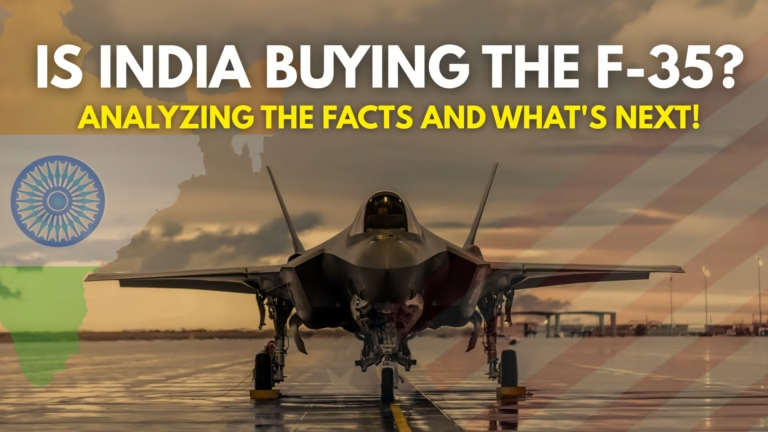Introduction
In February 2025, U.S. President Donald Trump announced during a New Delhi summit that the U.S. would “be increasing military sales to India by many billions of dollars” and was “paving the way to ultimately provide India with the F-35 stealth fighters.” This high-profile offer grabbed headlines, but New Delhi quickly put it in perspective. India’s Foreign Secretary Vikram Misri stressed that the F-35 sale was only “at the stage of a proposal” with no formal process under way.

In other words, while the U.S. has dangled the aircraft, no contract has been signed or even formally negotiated yet. With much buzz online and in parliament, it’s worth separating hype from reality. In this analysis we explore what makes the F-35 attractive to some Indian strategists, the hurdles that come with it, how other countries have reacted, and what all this means for India’s defense planning.
Understanding the F-35's Appeal
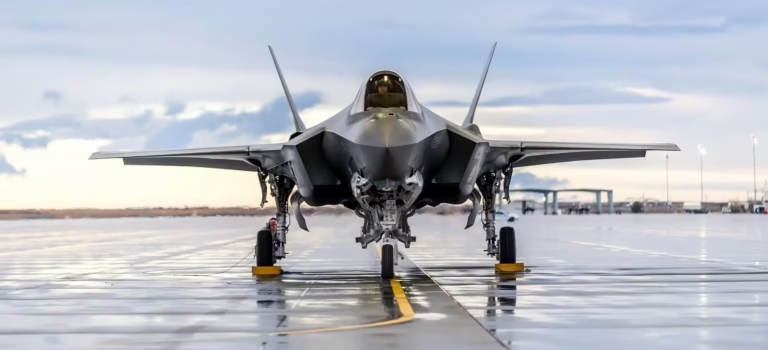

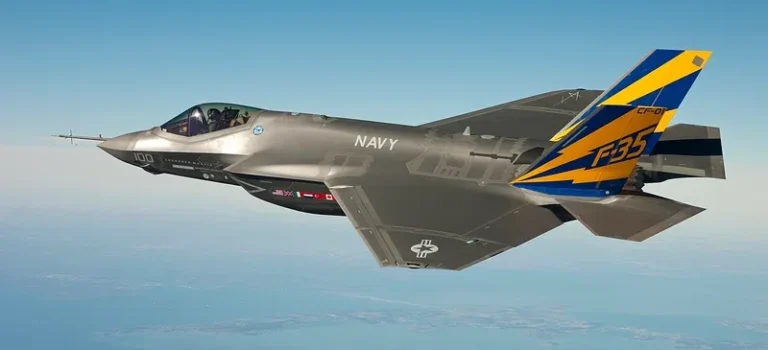
The F-35 Lightning II, developed by Lockheed Martin, is considered the world’s most advanced multirole stealth fighter.
Its features include:
Stealth technology (avoiding radar detection)
Advanced sensors and networking capabilities
Superior air-to-air and air-to-ground capabilities
Global interoperability (with NATO and allied forces)
The F-35 is not just a fighter; it is a flying data hub, offering critical battlefield awareness.
For India, which faces increasing challenges from China and Pakistan, an aircraft like the F-35 could theoretically shift the regional airpower balance significantly.
Past Discussions: India and the F-35
Historically, India’s relationship with the F-35 has been cautious.
2018-2019: Initial discussions took place informally at defense exhibitions and through diplomatic channels. However, the United States did not offer the F-35 to India officially.
2020: Indian Air Force officials made clear that while they admired the F-35’s capabilities, their immediate focus was on acquiring Rafale jets from France and enhancing indigenous projects like the AMCA (Advanced Medium Combat Aircraft).
2021: Some reports suggested India was being considered for a future F-35 offer if ties deepened further.
2022-2023: U.S. officials continued strategic dialogues with India but emphasized F-21 (a customized F-16 variant) and the F/A-18 Super Hornet for Indian needs, not the F-35.
❝In short: No formal offer for F-35 has been made yet, but discussions have always remained in the background.❞
India’s Current Strategy: Self-Reliance and 5th Generation Aspirations
India has shifted a lot of its focus toward indigenous capabilities:
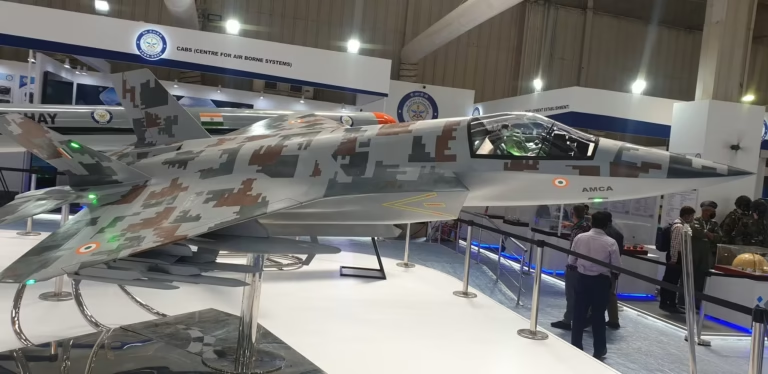
AMCA program: India’s very own stealth fighter project, aiming for first flights in late 2026–27.
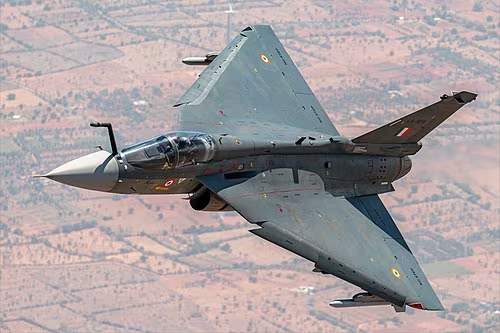
- Tejas Mk2: An upgraded 4.5 generation fighter nearing production.

- SU-30MKI upgrades: Enhancing their existing Russian-made fleet.

- S-400 air defense systems: India already deployed the S-400s from Russia, which complicates buying U.S. stealth jets (due to American CAATSA sanctions).
Key Point: India doesn’t want to become dependent on any one supplier, especially in sensitive technologies like stealth fighters.
Challenges to India Buying the F-35
🧭 Geopolitical Sensitivities
India must balance its strategic ties with both the U.S. and Russia.
Buying the F-35 could strain relations with Moscow, a historic defense partner.

Russia had previously offered India a co-development role in the Su-57 stealth fighter, including technology sharing and local production.
The Su-57, while different from the F-35, is still a capable fifth-generation jet and a serious option for India.
💰 High Costs
The F-35A’s base price is approximately $80 million per unit.
When including weapons, training, and maintenance, the total cost can rise to $120 million per aircraft.
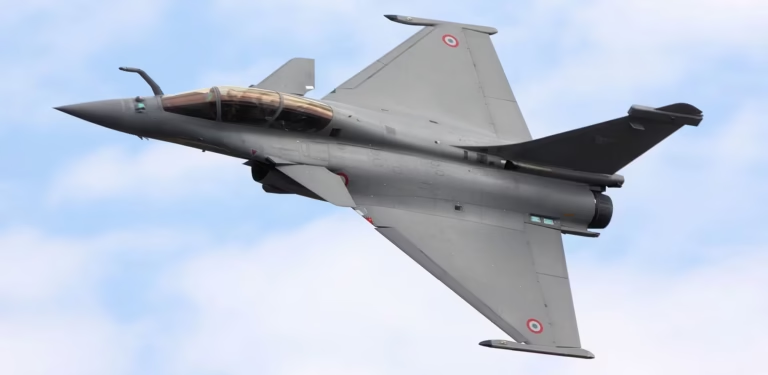
India recently spent around $220 million per unit on fully equipped Rafale jets, adding financial pressure.
Another expensive purchase could impact defense budgets and delay indigenous programs.
3. 🔧 Technology Transfer Concerns
India consistently demands technology transfer as part of major defense deals to support its “Make in India” push.
The F-35 is a highly classified platform, and the U.S. has not shared its core technologies with any buyer so far.
It is unlikely that India would receive the kind of access or control it typically seeks in such purchases.
4. ⚙️ Operational Integration Challenges
India already operates a diverse fleet: Russian Su-30MKIs, French Rafales, and indigenous Tejas aircraft.
Introducing the F-35, with its entirely different U.S.-based systems, would increase complexity in training, logistics, and maintenance.
Each platform uses distinct weapons, software, and support infrastructure, making it harder to streamline operations across the Air Force.
Global Reactions to the Possibility
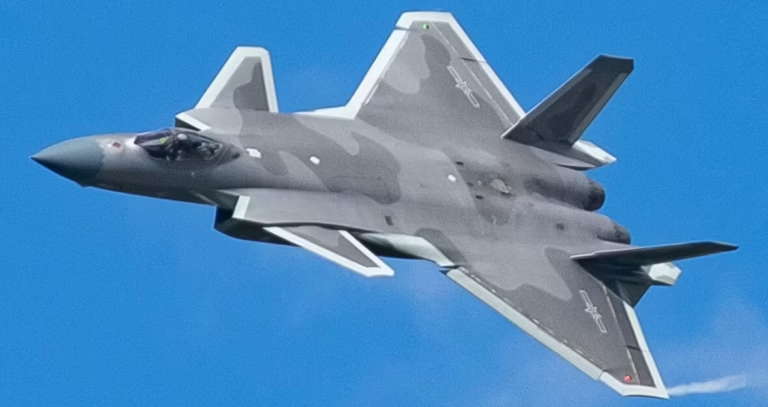
China
Would view any Indian acquisition of F-35s as a significant security threat.
Could prompt China to further accelerate its J-20 stealth fighter deployments near the Indian border.
Russia
May see this as a betrayal and could restrict future weapon sales to India.
Russia has already expressed frustration over India’s growing closeness to the United States.
Quad Nations (U.S., Japan, Australia)
Would welcome India’s move, strengthening the anti-China coalition in the Indo-Pacific.
Latest Developments (2025)
As of mid-2025:
No official F-35 deal has been signed between India and the U.S.
However, back-channel talks continue to discuss possibilities for the next decade.
U.S. defense officials have hinted that future sales could be considered, depending on India’s strategic needs and policies.
Meanwhile, India remains heavily invested in developing its AMCA stealth fighter and strengthening its own defense manufacturing ecosystem.
Personal Opinion
At Globally Updated, we believe that while the F-35 offers unmatched technological advantages, India must approach such high-stakes defense decisions with caution and strategic clarity. As a major power with strong air and land defense capabilities—especially when compared to regional rivals like China and Pakistan—India has the capacity to remain measured and balanced in its choices.
We deeply respect India’s commitment to strengthening its indigenous defense programs, particularly through initiatives like the AMCA. At the same time, we recognize the pressure India faces in responding to security challenges. However, it is important that such responses are not driven by emotion or short-term incidents. History shows that reactions to conflicts—such as the swift and costly Rafale deal following tensions with Pakistan—may not always align with long-term planning.
India’s existing arsenal, including a substantial fleet of Sukhoi fighters from Russia, reflects a strong and capable force. Going forward, whether it chooses to invest in F-35s or prioritize domestic innovation, India’s focus should remain on maintaining strategic balance, avoiding reactionary decisions, and building for sustained security in an increasingly complex regional landscape.
Hope for Global Stability:
We strongly hope that such advancements contribute to peace and stability — not spark new conflicts — and urge all nations to work toward cooperation over confrontation.
A future where advanced technology ensures security — not escalates wars — is the future the world deserves.
Conclusion

So, is India buying F-35s?
The news and the past facts do not show a yes sign—but a possibility can be made.
The coming few years will make clear whether India fully embraces American stealth power or continues down its independent defense path.
One thing is certain: whatever choice India will make today, it is directly going to add an effect to the security architecture of Asia for the coming time.

